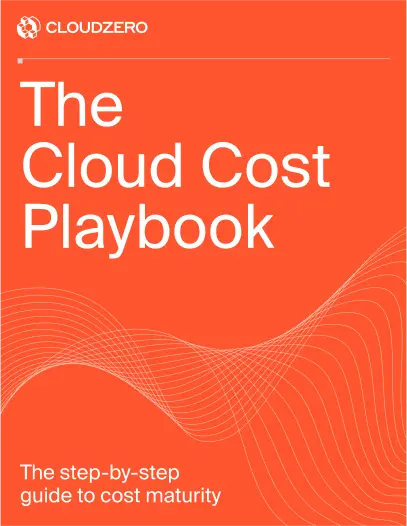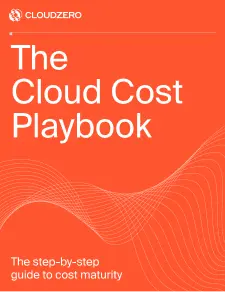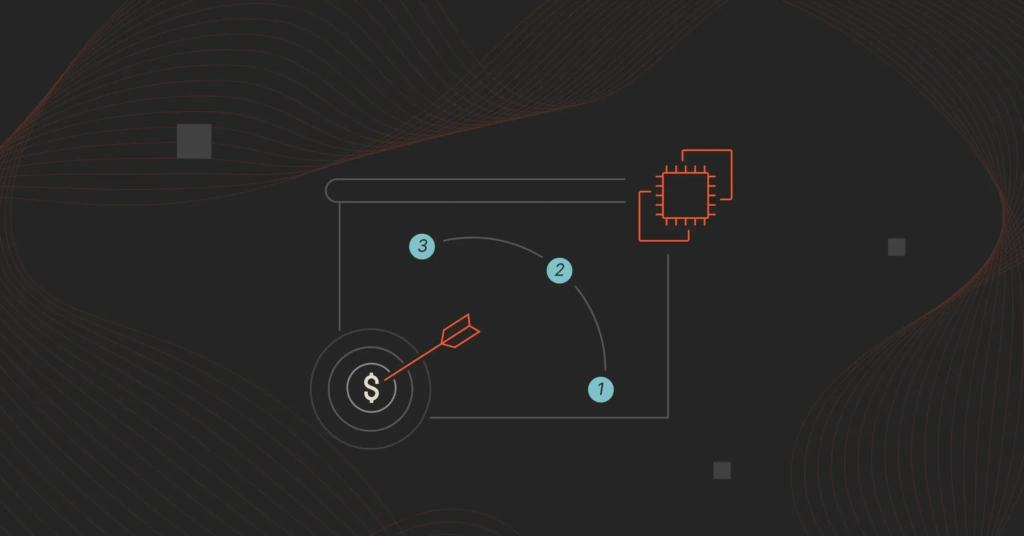Many organizations are considering migrating to Kubernetes, and while it certainly has advantages, it’s not for everyone.
In this article, we’ll explain why you might use Kubernetes, what you should ask yourself before embarking on a Kubernetes migration, and tips to keep in mind as you make the switch.
Kubernetes Migration: Is It Right For You?
It’s important to understand that Kubernetes is not a system that will make life easier — that’s not what it is designed to do. Instead, it is a system that makes incredibly complex orchestrations possible by relieving some of the operational burden from your team.
Kubernetes was developed by Google to address the company’s large-scale problems and challenges, and it does this well. While there are some systems that can offer similar advantages, there are no good alternatives or comparable platforms that can help organizations solve all the unique problems that Kubernetes can.
If you have a mass-scale containerized workload with disparate systems for health checks, liveness, and self-healing; or if you have a large number of scalably provisioned and automated apps that have complex interactions with other applications, then Kubernetes migration may be the right choice for your organization.
However, if you are not running at a large scale, don’t have complex interconnected applications, and don’t feel operational pain, then Kubernetes may come with a bigger headache than you anticipated — and it likely won’t provide you with the operational benefits you think it will.
For example, if you are running a static application with a small workload on two or three machines, you don’t need to migrate to Kubernetes.
What To Ask Yourself Before You Migrate
If you’re thinking a Docker to Kubernetes migration or Kubernetes live migration may be the right path for your organization to take, be sure to consider these questions first:
Is your application a natural fit for Kubernetes?
In many cases, organizations have to do a lot of heavy lifting before they can even begin to migrate. Your application needs to be cloud architected neatly in containers that relate to one another before you can begin.
Often, Kubernetes migration requires a lot of up-front work that might not result in the operational benefits that the system is designed to provide. If your application isn’t a natural fit, then migrating to Kubernetes will likely not be worth the effort.
Will Kubernetes ease the operational burden for your organization?
Kubernetes has an effective mass templating logic, health check loops, and monitoring for node liveness and capacity. Will you have the ability to utilize these features correctly given the specifics of your application?
Do you have a dedicated DevOps team to operate and maintain the Kubernetes system?
While Kubernetes can help you manage your workload with automated provisioning, it is not a low-maintenance system as compared to a serverless solution from AWS. You will still need a dedicated DevOps team to operate and maintain Kubernetes.
For example, fixing a broken template is a challenging, time-consuming task.
Will you fully manage your Kubernetes deployment yourself or choose a Kubernetes deployment that is managed by your cloud provider?
We don’t recommend configuring your Kubernetes deployment from scratch unless this is an area of expertise for your team. In most scenarios, it’s best to go with a deployment that is configured and managed by your cloud provider.
Top Tips For Smooth Kubernetes Migrations
Make sure Kubernetes is something you really need. Your application should already be containerized (if not, there are other options to lift and shift, such as using ECS and Fargate together). You also need to be working on a global scale with immense complexity in your applications.
Here are our suggestions for making sure your migration is as pain-free as possible.
- Play with it first. There is so much to learn with Kubernetes. Take time to explore it before moving your applications so you can understand all the moving pieces and what they do. This is especially important if you have a complex project like a modern distributed database with container orchestration that you want to migrate over.
- Start with an easy project. Even if your organization has a complex project that would be ideal for a Kubernetes migration, start with something simple, like a web app that doesn’t have its own database that you can autoscale. This way you can learn how to set up routing, how to scale the pods, and other aspects on a much smaller scale. Once you have this basic experience, you can add on things like health checks and Kubernetes monitoring before you venture into managing stateful nodes with individual identities.
- Utilize the Kubernetes community. It’s more than likely that someone has already written a template for what you want to do in Kubernetes. There is a massive open-source community that is freely available, where you can validate things to ensure you’re on the right track. The community can help you corral the complexity of Kubernetes and make it more manageable.
Final Tip: Take Steps To Manage Your Kubernetes Costs
If Kubernetes is new to your organization, it’s important to carefully monitor your cloud costs to ensure you stay within budget after your migration.
CloudZero can help your organization to effectively track and measure your cloud spend for Kubernetes.  to see how CloudZero works.
to see how CloudZero works.








